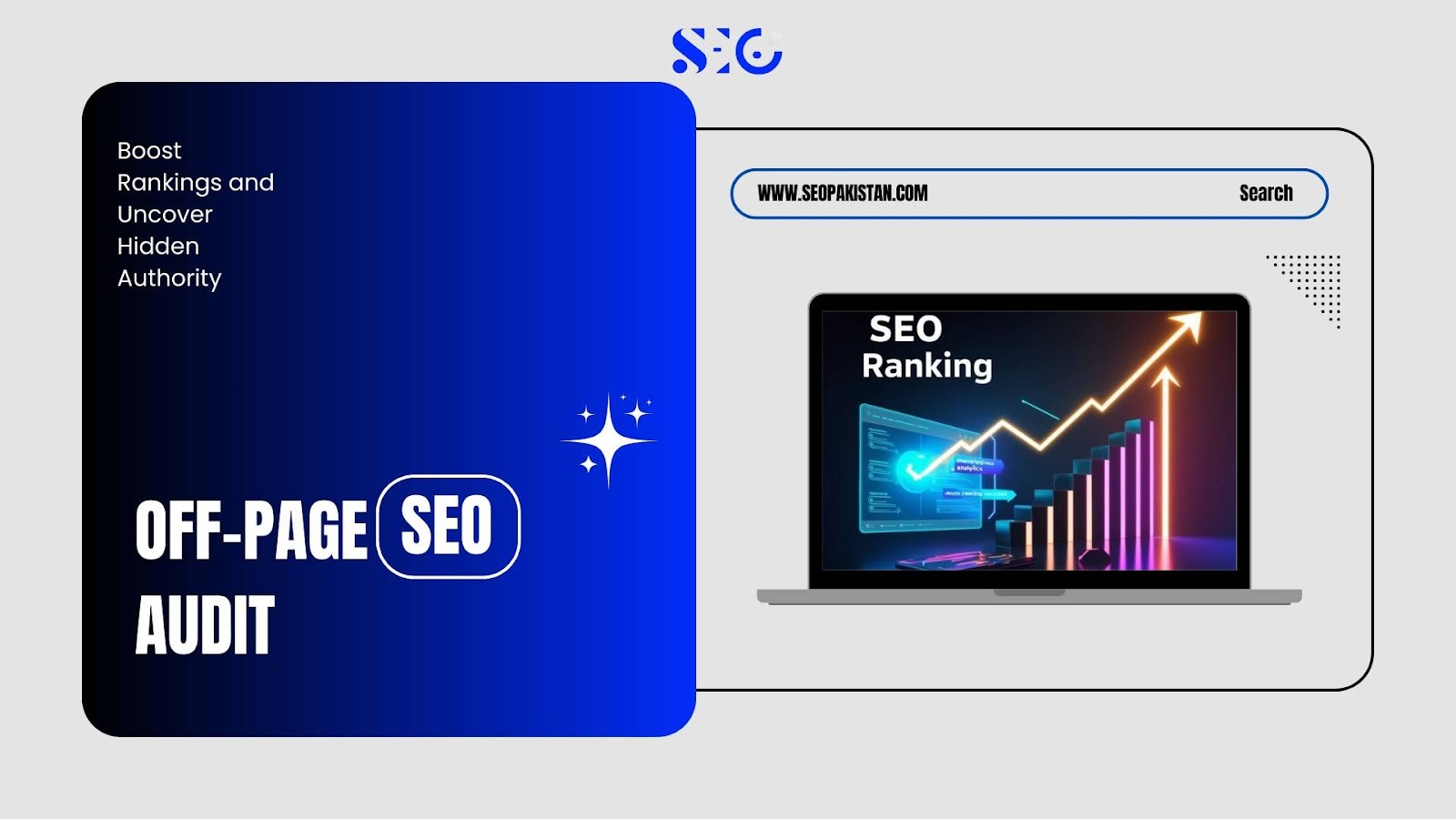Ever wondered how Google finds that obscure forum post from 2005, or that brand new product page you just launched? With over 1.7 billion websites on the internet, the process of discovering and organizing this vast digital landscape seems almost impossible. Yet search engines accomplish this monumental task billions of times per day.
Search engines don’t manually find pages, they rely on sophisticated automated programs called web crawlers. These digital spiders systematically browse the World Wide Web, discovering content and building the foundation for every search result you see.
Web crawlers, also known as spiders or bots, represent the fundamental search engine technology responsible for discovering and fetching web content. They operate as the eyes and ears of search engines like Google, Bing, and Yahoo, constantly scanning the internet for new and updated information.
This detailed guide delves into how search engines work, examining the technology and methods they use to crawl and index websites. From their initial discovery methods to the complex rules they follow, understanding these mechanisms directly impacts your online visibility and SEO success.
The Fundamentals of Web Crawling: How Search Engines “See” the Web
What is a Web Crawler?
A web crawler is an automated bot created to systematically browse the internet for a particular task. These sophisticated programs discover new and updated content, collect crucial information, and build comprehensive indexes that power search results.
Think of web crawlers like extremely efficient librarians. They constantly search for new books (web pages), organize them by topic and relevance, and create detailed catalogs that help visitors find exactly what they need in seconds.
The Crawling Process (URL Discovery & Fetching)
How do crawlers know where to start their journey across billions of web pages? The process starts with a selection of seed URLs—trusted and well-established websites chosen as the initial reference points. Major search engines maintain these seed lists, which include popular news sites, established businesses, and frequently updated platforms.
- The crawling process operates as a continuous, cyclical system rather than a one-time event.
- Crawlers revisit previously discovered pages to check for updates, new content, or structural changes.
- This continuous revisiting is managed efficiently by search engines, which allocate a ‘crawl budget’ to each website – essentially, how many resources they dedicate to crawling your site within a given timeframe.
- Modern crawlers have evolved significantly from their early predecessors:
- Today’s sophisticated bots, like Googlebot, render web pages similar to how browsers display them to users.
- They run JavaScript code, display dynamic content, and engage with advanced web applications.
- This ability to render is essential for today’s websites that depend on JavaScript frameworks and loading dynamic content.
Key Technologies Powering Web Crawlers
Distributed Systems and Scalability
- Search engines are challenged like never before to efficiently process billions of web pages while ensuring the information remains up to date.
- This massive undertaking requires distributed systems spanning multiple data centers worldwide.
- Individual crawlers can’t handle this workload alone. Instead, search engines deploy thousands of crawler instances working simultaneously across vast networks of servers.
- Each crawler instance focuses on specific website segments or geographic regions, ensuring comprehensive coverage without overwhelming individual servers.
- Parallel and distributed crawling enables search engines to process millions of pages simultaneously. When one crawler discovers a link to a new website, the system automatically assigns other crawlers to explore different sections of that site. This coordination prevents duplicate work while maximizing discovery speed.
Protocols and Standards
Web crawling relies on fundamental internet protocols that govern how information travels across networks. Understanding these protocols helps explain how crawlers access and retrieve web content.
HTTP (Hypertext Transfer Protocol) and its secure version HTTPS serve as the primary communication methods between crawlers and web servers. When a crawler requests a web page, it sends HTTP requests containing specific headers that identify it as a search engine bot rather than a human visitor.
The increasing prevalence of HTTPS is particularly noteworthy, as secure websites are now a standard expectation for users and a minor ranking signal for search engines, promoting a safer web.
Data Parsing and Extraction
- Raw HTML code contains far more information than what visitors see on their screens. Crawlers excel at parsing this underlying code to extract meaningful data for indexing purposes.
- HTML parsing is the process of examining the structural elements of a webpage. It enables crawlers to detect headings, text, images, links, and other content elements.
- They also extract important metadata such as page titles (<title> tags) and meta descriptions, which provide crucial context about the page’s content and often appear in search results.
- These specially formatted files list important pages, their last modification dates, and update frequencies. Websites that provide comprehensive sitemaps make it easier for crawlers to discover all their content systematically.
- The robots.txt file plays a crucial role in crawler behavior. This simple text file, placed in a website’s root directory, instructs crawlers which sections they should access or avoid. Proper robots.txt configuration prevents crawlers from wasting time on unimportant pages while ensuring they find valuable content.
Advanced Algorithmic Processes
Modern crawlers don’t randomly jump from page to page. Instead, they use advanced scheduling algorithms to decide when and how often to revisit websites based on several factors:
Content change frequency:
- Websites with frequent updates, like news sites publishing hourly articles, are crawled more often.
- Static pages, like “About Us” sections on corporate sites, are crawled less frequently, sometimes monthly.
- Crawlers learn these patterns over time and adjust their schedules accordingly.
Website popularity and authority:
- High-traffic websites with millions of visitors and strong backlink profiles are prioritized for frequent crawling.
- New or less popular websites with limited online presence receive lower crawl priority.
- This ensures search engines stay updated with influential and widely consumed content.
Duplicate content detection:
- Crawlers identify and address duplicate content to avoid wasting storage and delivering confusing search results.
- Algorithms analyze text similarity, URL patterns, and cross-reference signals to determine the canonical version – meaning the single, preferred original source of content.
By employing these sophisticated techniques, modern crawlers optimize the crawling process and ensure the most relevant and authoritative content is indexed efficiently..
Beyond Crawling: The Next Steps for Search Engine Technology
Indexing
Once crawlers collect web page data, sophisticated indexing systems process, analyze, and organize this information into searchable databases.
The indexing process involves extracting key terms, analyzing content quality, and determining topical relevance. Search engines create detailed records for each page, including text content, images, links, and structural elements.
Crucially, search engines also factor in user experience signals when making indexing decisions. This includes page loading speed, mobile compatibility, and core web vitals (metrics like Largest Contentful Paint, Interaction to Next Paint, and Cumulative Layout Shift), which directly reflect how users experience your site.
Ranking Algorithms
Indexed information feeds into complex ranking algorithms that determine which pages appear for specific search queries. These algorithms consider hundreds of factors, including content relevance, website authority, user experience metrics, and freshness of information.
Content quality remains a primary ranking factor. Search engines analyze how well page content matches user search intent, whether information appears accurate and comprehensive, and if the writing demonstrates expertise and trustworthiness.
Backlink analysis evaluates how other websites reference and link to specific pages. Pages with links from authoritative, relevant sources typically rank higher than those with few or low-quality backlinks. This system helps search engines identify the most credible and valuable content for users.
Common Crawling Issues and How to Avoid Them
Broken Links
Broken links frustrate both users and crawlers. When crawlers encounter 404 errors, they may reduce crawl frequency or skip entire sections of the website. Conducting routine link audits helps detect and repair broken links, preventing them from harming search performance.
Misconfigured Robots.txt Files
Improperly configured robots.txt files can block crawlers from accessing important content. Website owners sometimes unintentionally prevent search engines from indexing key pages, which can result in significant traffic losses. Proper robots.txt management ensures crawlers can access critical content while avoiding irrelevant pages.
Slow Page Loading Times
Slow-loading pages discourage crawlers from spending time on your website. Since search engines provide each site with a limited crawl budget, slow pages use up more of this allocation. Optimizing website speed ensures crawlers can access more of your content during each visit.
Poor Site Structure
A poorly organized site structure makes it harder for crawlers to understand content relationships and discover all pages. Clear navigation, logical URL structures, and comprehensive internal linking improve how effectively crawlers can explore your site.
Redirect Chains and Loops
Excessive redirects (e.g., A -> B -> C) or redirect loops (A -> B -> A) create unnecessary steps for crawlers, wasting crawl budget and potentially causing them to abandon the crawl. Implementing direct 301 redirects to the final destination is crucial for efficient crawling and passing link equity.
JavaScript Rendering Issues
JavaScript rendering problems can hide content from older crawlers or cause delays in indexing. Although modern crawlers are better at handling JavaScript, ensuring critical content is accessible even when JavaScript fails is essential for maintaining visibility.
Conclusion
web crawlers represent the technological foundation that makes internet search possible. These sophisticated systems combine distributed computing, advanced algorithms, and careful protocol management to discover and organize billions of web pages continuously.
Understanding crawler technology provides crucial insights for anyone managing websites or digital marketing campaigns. The techniques and protocols discussed here directly influence how search engines discover, evaluate, and rank online content.
Looking to make sure your website is fully optimized and easy for search engines to crawl? Contact SEO Pakistan today for a comprehensive SEO audit that identifies technical issues and implements solutions for improved search visibility.
Frequently Asked Questions
What technology is a search engine used to crawl a website?
Search engines use automated web crawlers built on distributed systems. These bots utilize HTTP/HTTPS protocols and perform DNS resolution.
What technology do search engines use?
Search engines use web crawlers for discovery, massive distributed systems for scale, indexing databases for organization, and sophisticated AI/ML-powered ranking algorithms (including NLP) to sort results. They also analyze user experience metrics.
What is a crawl budget?
Crawl budget refers to the number of resources (time and effort) a search engine dedicates to crawling a specific website within a given timeframe. Optimizing your site helps search engines make the most of your crawl budget, ensuring important pages are discovered and updated frequently.
Do modern crawlers use JavaScript?
Yes, sophisticated modern crawlers, like Googlebot, have advanced rendering capabilities. They execute JavaScript code and load dynamic content, similar to how a web browser displays a page, to fully understand and index websites built with modern web technologies.
What do robots.txt and XML sitemaps do?
The robots.txt file instructs crawlers which website sections to access or avoid. An XML sitemap lists all important pages, providing a clear roadmap for crawlers to efficiently discover and prioritize content.
Why isn’t my website showing in Google?
If your site or page isn’t appearing, it likely hasn’t been crawled and indexed. Common reasons include technical issues preventing crawler access (e.g., robots.txt blocks, broken links, server errors), or the page being too new, low quality, or not adequately linked.
How can I improve my website’s crawlability?
Improve crawlability by ensuring a logical site structure with clear internal linking, submitting an XML sitemap, optimizing page loading speed, and correctly configuring your robots.txt file. Regularly fix broken links and address any server errors.













